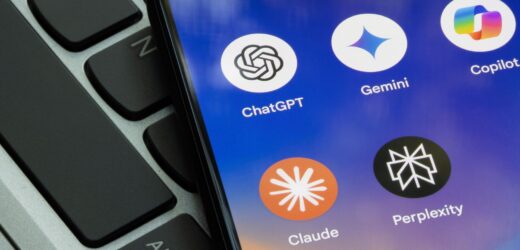Flipped learning has become a hot topic in online education lately. The flipped classroom model moves the act of delivering information to the student in a traditional lecture outside of class in the form of a video or some other appropriate online content and moves the act of engaging with the material via homework into the classroom through some sort of in-class activity. Numerous studies have now demonstrated the superiority of flipped teaching to face-to-face instruction, especially in STEM classes. In fact, flipped classes were found to improve student learning by an average of 6 percent in these studies (Van Sickle, 2015).
Related Articles
I have two loves: teaching and learning. Although I love them for different reasons, I’ve been passionate about...
“Why does my edition of Hamlet read ‘O, that this too, too sullied flesh would melt,’” my student...
After all, nearly every large language model (LLM) is good at summarizing readings, synthesizing large amounts of data...
In 1906, Francis Galton was visiting a livestock fair when he stumbled upon an interesting contest. Local villagers...
I often wear sunglasses on my walk from my parking spot on campus to my office. I recently...
Students taking online classes represent a key part of the college-attending population. Demand for online classes and online...
As AI use continues to grow in the field of education, we are only beginning to discover potential...









